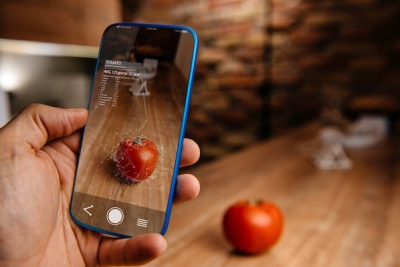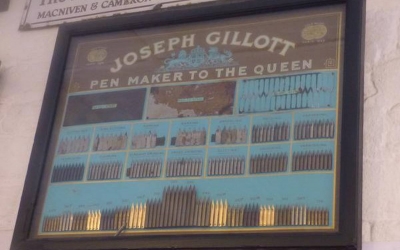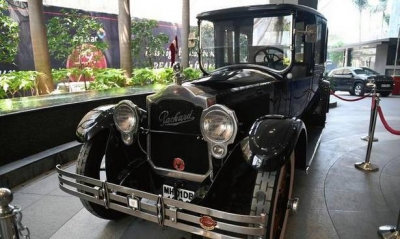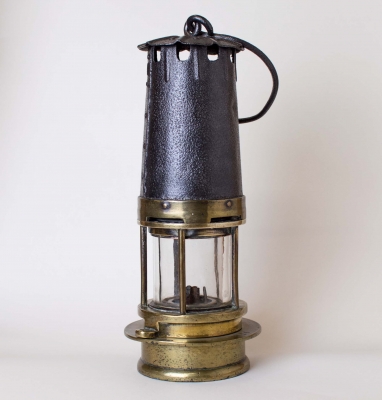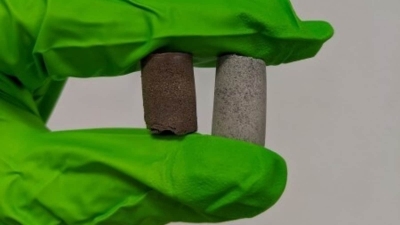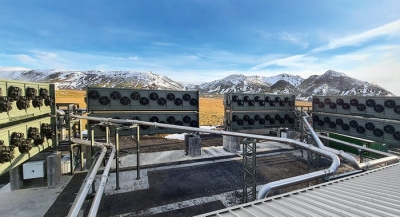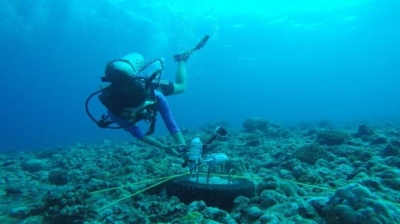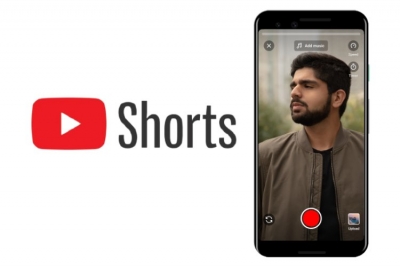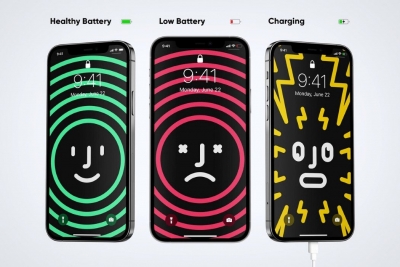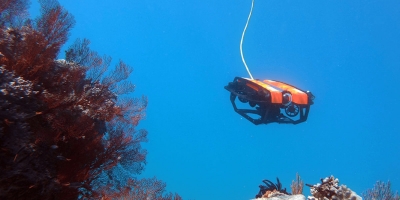When were bug bombs created?
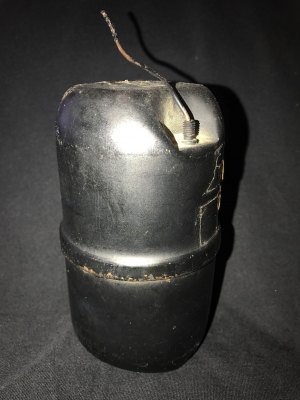
World War II was a global war from 1939-45 that involved the vast majority of countries on our planet. Often considered to be among the biggest and bloodiest wars in history, it was also a period of large-scale scientific and technological progress.
Even though the battles were often fought on the grounds, waters, or in the air, the casualties were not limited to these alone. As thousands of troops travelled to locations far from home, military leaders were pushed to also find ways to fight diseases that were endemic to these regions.
Fighting malaria
Insect-borne diseases, especially malaria, were causing a lot of casualties – even more than actual combat according to certain estimates. To curb the spread of malaria, bug bombs were invented by Americans Lyle D. Goodhue and William Sullivan.
Born in a farm in Iowa in 1903, Goodhue did Chemistry for his undergrad, before specialising and earning a PhD in Plant Chemistry. Sullivan was born in Massachusetts in 1908 and was one of eight children to his parents. After earning a Bachelor of Science degree, Sullivan collected a Masters degree in Entomology, the study of insects.
The paths of Goodhue and Sullivan intertwined in the U.S. Department of Agriculture late in the 1930s. With the emergence of global air transportation and the particular problems that came along with it, Goodhue and Sullivan were seeking a way to stop the spread of insects.
Aerosols are efficient
The duo started off by burning a mixture of pyrethrum, corn stalks, and sodium nitrate in the presence of some house flies. Even though the results were satisfactory, it was obvious to them that too much insecticide was burnt in this process. Dripping or splashing the solution on a hotplate was more effective as it produced a fine mist or aerosol. While similar techniques were already being used to control mosquitoes in urban areas, this wasn’t practical for aircraft.
Sullivan and Goodhue settled on a mixture of pyrethrum, sesame oil, and Freon 12 (dichlorodifluoromethane) in a cylinder with a valve and a nozzle. When this was operated, it left the insecticide dispersed in the air as an aerosol. A patent was applied for this “Dispensing apparatus” that was simple and effective on October 3, 1941 and it was granted on October 5, 1943.
Useful in the Pacific theatre
In the interim period, the idea went through a number of iterations to make it more suitable for soldiers’ use, and not just limit it to aircraft carriers. The bug bombs were thus born, and in the period between1942-45, over 40 million of these aerosol bombs were sent out to the troops for military use.
The bug bombs came in particularly handy in the Pacific theatre of WWII. The Japanese had occupied plantations in the South Pacific that provided the quinine used to treat malaria. With other natural substitutes available less effective for the purpose, the Allies needed something else and the bug bombs came as a welcome relief.
The portable cylinder allowed soldiers to defend themselves against insects by spraying the insecticides easily inside their tents and aircrafts, and even on nets and clothes. The bug bombs saved thousands of lives as it cut down malarial and other vector-borne diseases during the war.
Spray cans
The bug bombs paved the way for the aerosol industry after the war and a variety of consumer products came in this type of packaging. While chlorofluorocarbons (CFCs) were the most popular choice as propellants to begin with, the dangers they posed to the ozone layer were exposed in the 1970s.
By the end of the 1980s, CFCs were replaced almost throughout the world by other mixtures as aerosol propellants. Non-propellant packaging alternatives have also been developed.
From insecticides to deodorants, and self-defence sprays to medical inhalers, aerosol spray cans come in a variety of shapes and sizes and serve myriad purposes. While the concept of aerosol is much older, it was the bug bomb developed by Goodhue and Sullivan that put the aerosol spray can to effective use.
Picture Credit : Google
